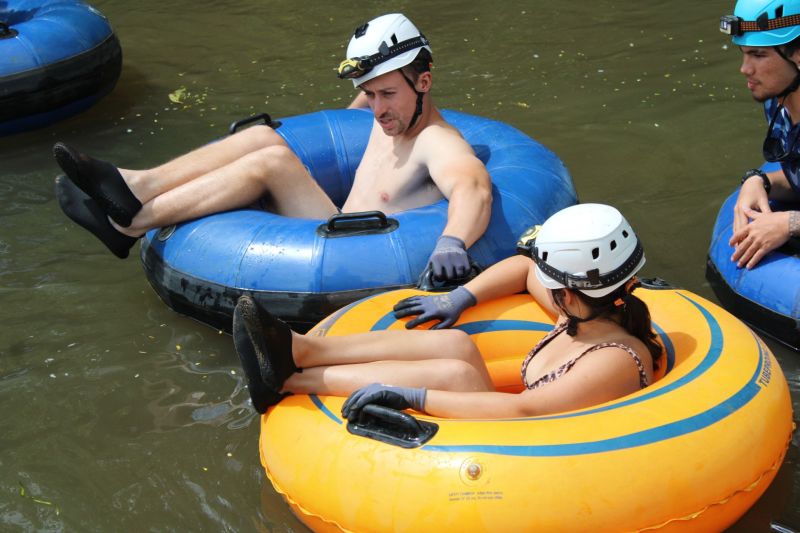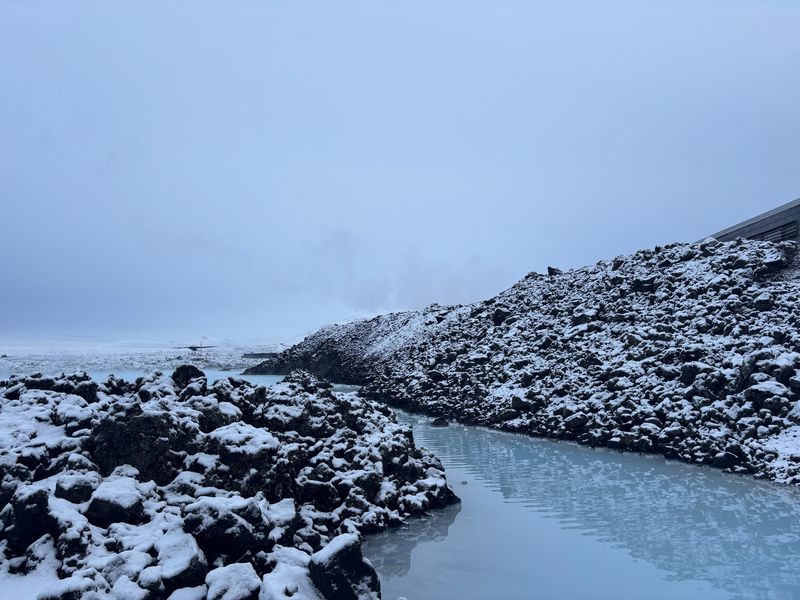Embracing the “Touristy” Experience
In my experience, most people use the word “touristy” with a negative connotation, often referring to things, places, and experiences that are primarily designed for tourists and tend to be crowded. While I can understand why these places might seem unappealing to locals, being touristy isn’t inherently bad. In fact, some of my favorite travel memories have come from so-called “touristy” attractions. The more I travel to new destinations, the more I appreciate these experiences. Here’s why I believe being “touristy” gets an unfair reputation—and why I think these experiences deserve more credit than they often receive.
How I Realized I Love Touristy Things

During a recent visit to Kauai, I was enjoying myself as usual, doing a scenic mountain tubing tour. In a casual conversation, another traveler on my tour asked me about what my favorite things I’ve done on the island during my visit. As we exchanged recommendations of things to do, we chatted about a nearby experience, a 2-hour safari tour on a local rum plantation. In conversation, she explained that she had a blast on the rum tour, although it’s “touristy.” In this moment, a thought came to me: Why is being touristy bad? Why is there such a negative connotation associated with tourist activities?
When I’m traveling to a new place, I don’t pretend to be anything more than a tourist. I’m well aware that the locals of Dubai aren’t spending their evenings on a Desert Safari experience and that the locals in Kauai aren’t going to this mountain tubing tour. These experiences are undoubtedly created for tourists — but so what? After all, the economy in destinations like these relies heavily on tourism, and these experiences are designed to highlight the best things each location has to offer.
While I acknowledge that there’s something to be said for immersing yourself in a new place and going to the “hidden gems” or trying to experience things as a local does, I don’t see anything wrong with being touristy. In fact, to me, enjoying both “touristy” activities and non-tourist-focused activities provides the ultimate experience.
Experiences That Deserve More Than Just “Tourist Trap” Labels

I believe that tourist attractions, such as visiting the Dubai Frame or the Blue Lagoon in Iceland, are iconic for a reason. If I’m traveling all the way to Rome from the U.S., I’m going to visit the Colosseum. If I’m traveling to Kauai, I want to see all the turtles on Poipu Beach. If I’m traveling to Dubai, I want to check out the city views from the iconic Dubai Frame.
The parts of traveling that bring me the most joy are often intertwined with these experiences, and I’ve never let the concept or label of “touristy” stand in the way of that. While they may be overcrowded, overpriced, and not attractive to locals who have been there dozens of times, I believe these experiences deserve more than to be labeled as “tourist traps.”
The term “trap” implies that I won’t enjoy the experience, yet I always do. After all, just because these experiences are designed for tourists doesn’t mean they aren’t authentic and can’t teach travelers something about a new destination. Spending a night in the desert in Dubai taught me a lot about Middle Eastern culture, providing a hands-on experience that’s unlike anything we have back home in the U.S. Since recognizing that I feel this way, I’m now careful not to use these terms like “tourist trap,” reshifting the conversation with a more positive focus.



